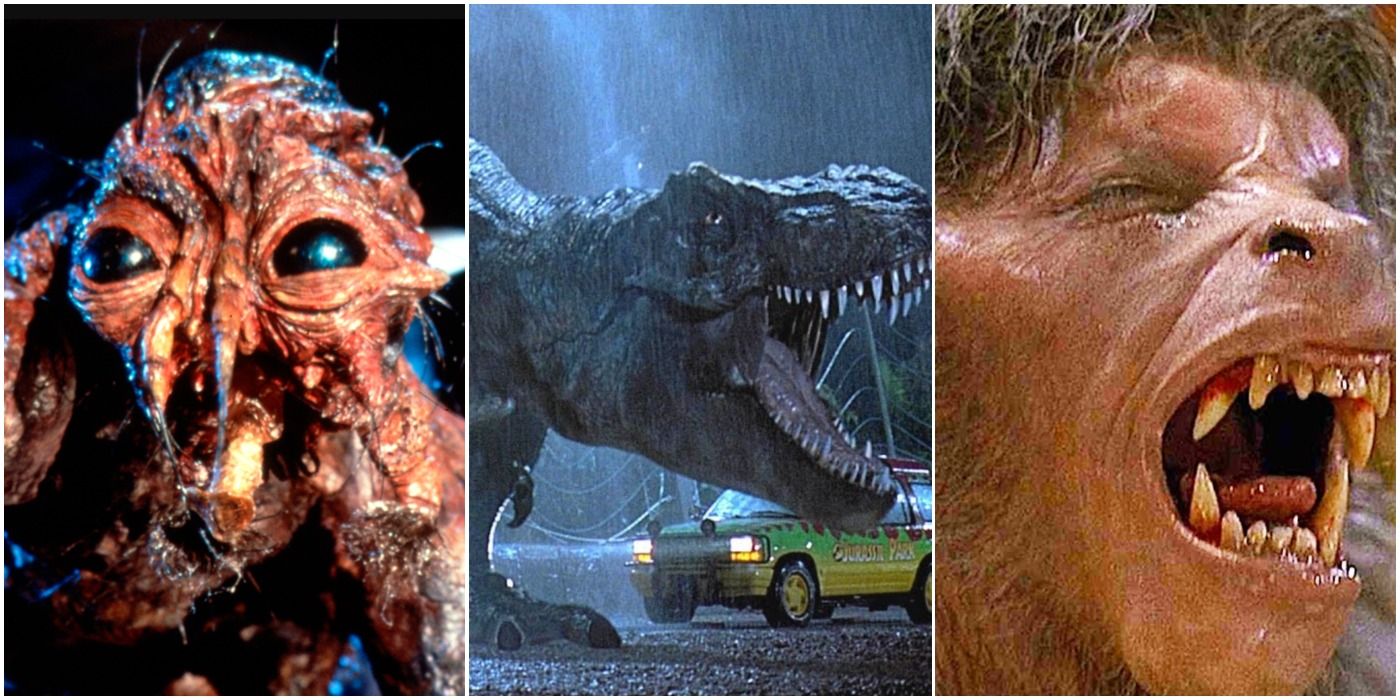
The film industry has worked hard for over a century to make movies and the cinematic experience one of the most rewarding and communal forms of entertainment. It’s fascinating to see the different trends that take over movies, determine the most popular genres, and play a factor in what will become the next big blockbuster.
The budgets for movies continues to expand at an alarming rate, but this excess doesn’t always improve a picture and can even push filmmakers to defer to easier alternatives. One of the most egregious cases of this is the rampant use of CG effects as a superior way to create movie magic. CG has come a long way, but there’s still a level of realism that’s present in practical effects that cannot be topped.
10 Steven Spielberg Makes Dinosaurs Feel Like Reality With Jurassic Park’s Practical Effects
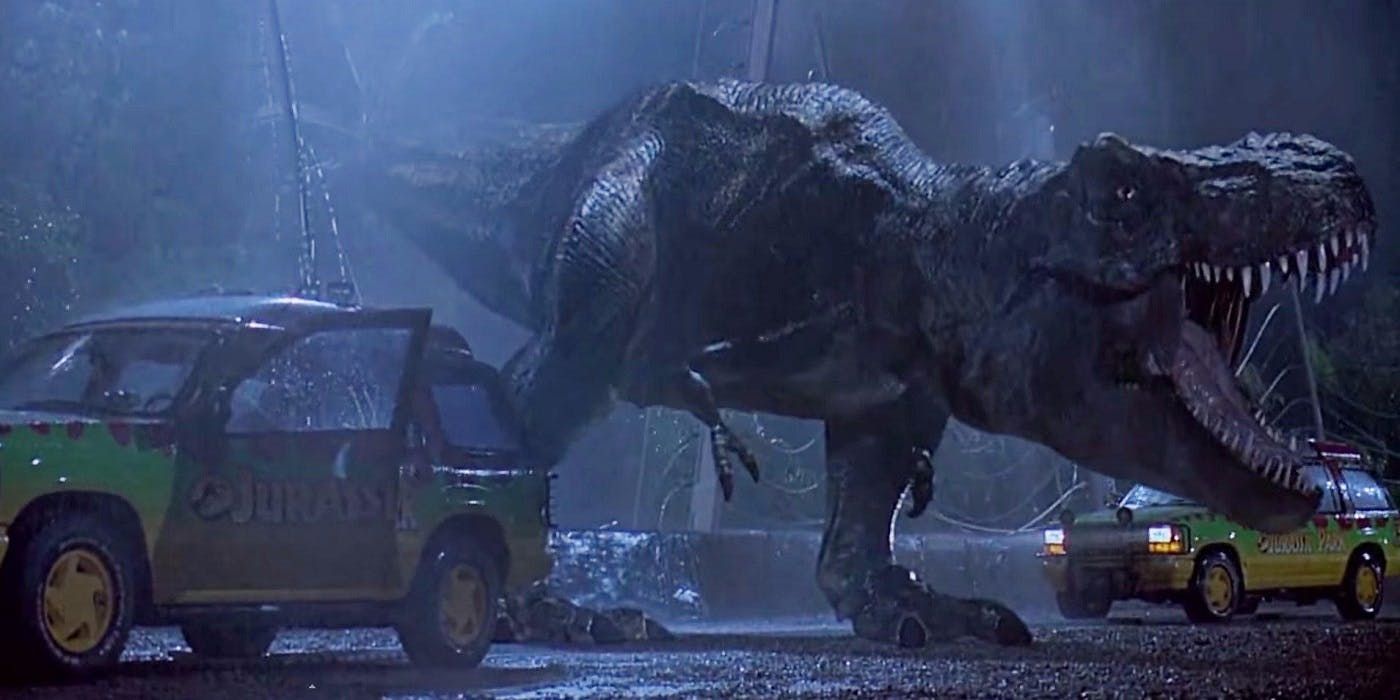
The best films know how to blend together practical effects with CG revisions in a subtle way that blurs the lines between the two approaches. What Steven Spielberg accomplished in Jurassic Park blew the audience's minds and opened up a whole new world for movies. It’s astonishing to consider that Jurassic Park’s T-Rex attack is often done with a real animatronic creation.
The reality of this allows the T-Rex to destroy the vehicle and make it feel like a real attack. There's a level of weight and destruction that'd be impossible to replicate with a purely digital dinosaur.
9 A Remarkable Practical Head Explosion Is Scanners’ Selling Point
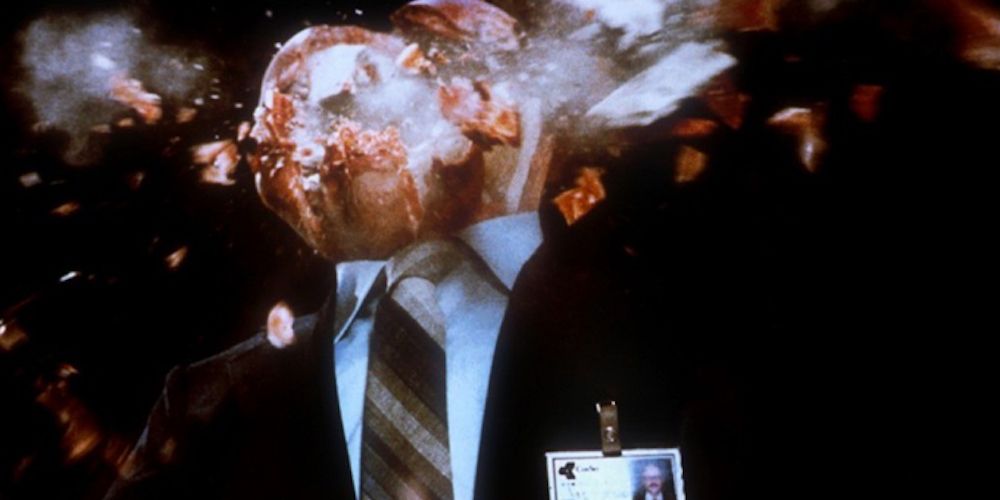
Sometimes a special effect is so well done that it defines the entire movie. Scanners is an effective sci-fi/horror hybrid from early on in David Cronenberg's career, but the movie's centerpiece is an exaggerated practical effect that's still praised.
Scanners revolves around a group of special individuals with powerful psychic powers. A character's head explodes early on in the movie as a result of a psychic attack and it's a startling display. Cronenberg practically pulls this off with a dummy that's full of butcher meat, which is then shot in the back of the head with an actual shotgun.
8 Terminator 2 Has Linda Hamilton Dig Around In Schwarzenegger’s Head For Clues
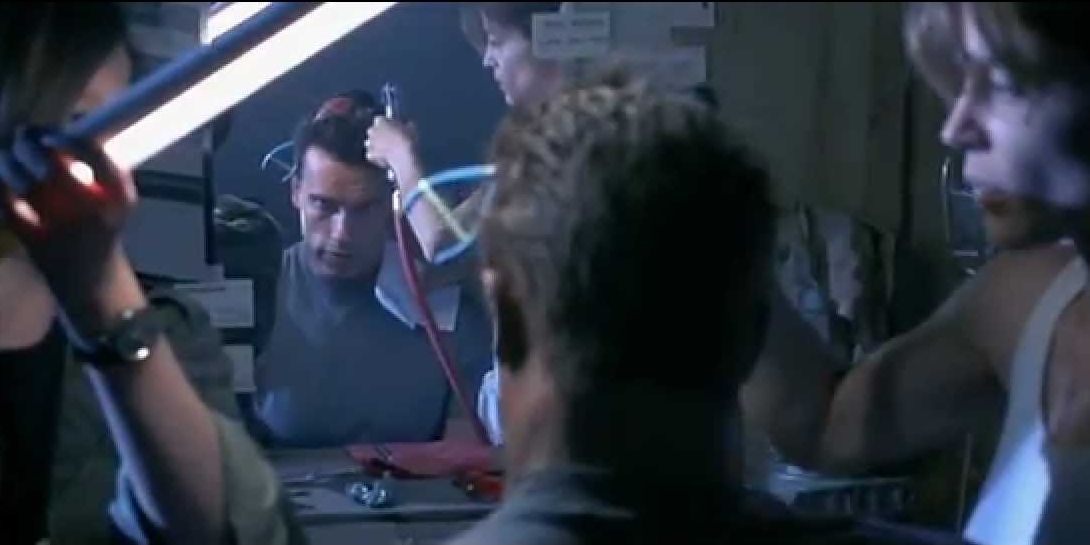
James Cameron is a master of cinema that continually pushes not just the medium, but its technology, to exciting places. Terminator 2: Judgment Day still reflects some of Cameron's most accomplished work and it's full of astonishing sequences that become even more impressive due to how they're practically done.
The action scenes are exceptional, but another highlight is the moment when Sarah Connor removes a microchip from a hole in the T-800's head. The scene is brilliantly pulled off with a combination of practical prosthetics and a window with separate actors that masquerades as the mirror that Arnold Schwarzenegger faces.
7 Kubrick Figures Out How To Defy Gravity In 2001: A Space Odyssey’s Jog
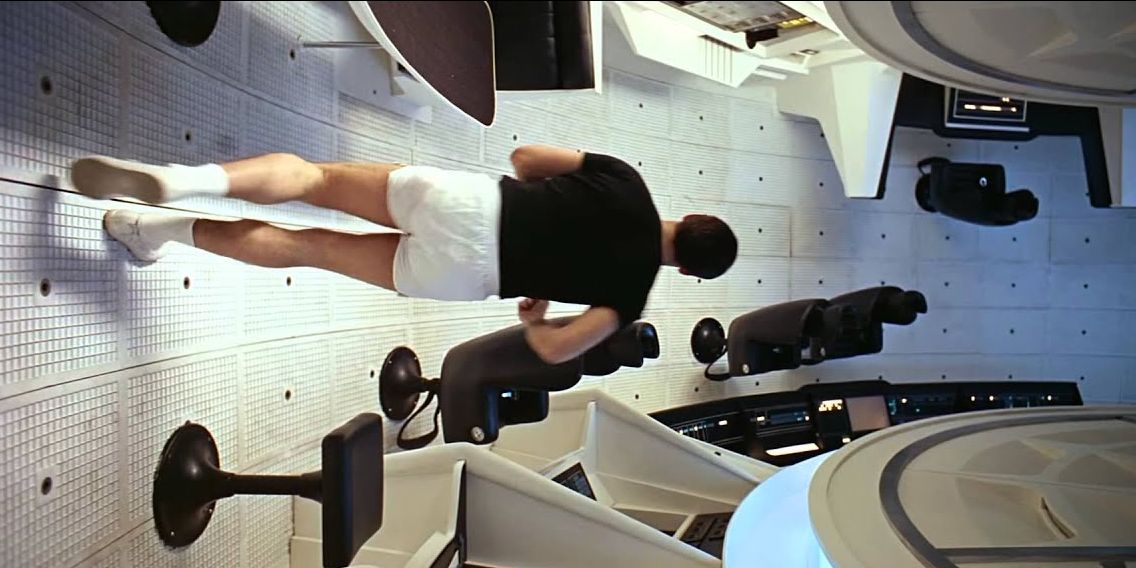
Stanley Kubrick is an auteur of cinema who is responsible for some of the most prolific movies of all time. Kubrick's 2001: A Space Odyssey is considered to be one of the greatest triumphs of science fiction, but his trippy, contemplative space film is even more staggering when it's considered how much of it is practically done.
An iconic moment in the movie features a continuous jog throughout a space station where the astronaut seems to perpetually defy gravity. Kubrick accomplishes this through the construction of a giant hamster wheel that rotates around the camera to create this gravity-defying visual.
6 Wes Craven Uses Over 500 Gallons Of Fake Blood To Create An Iconic Krueger Kill
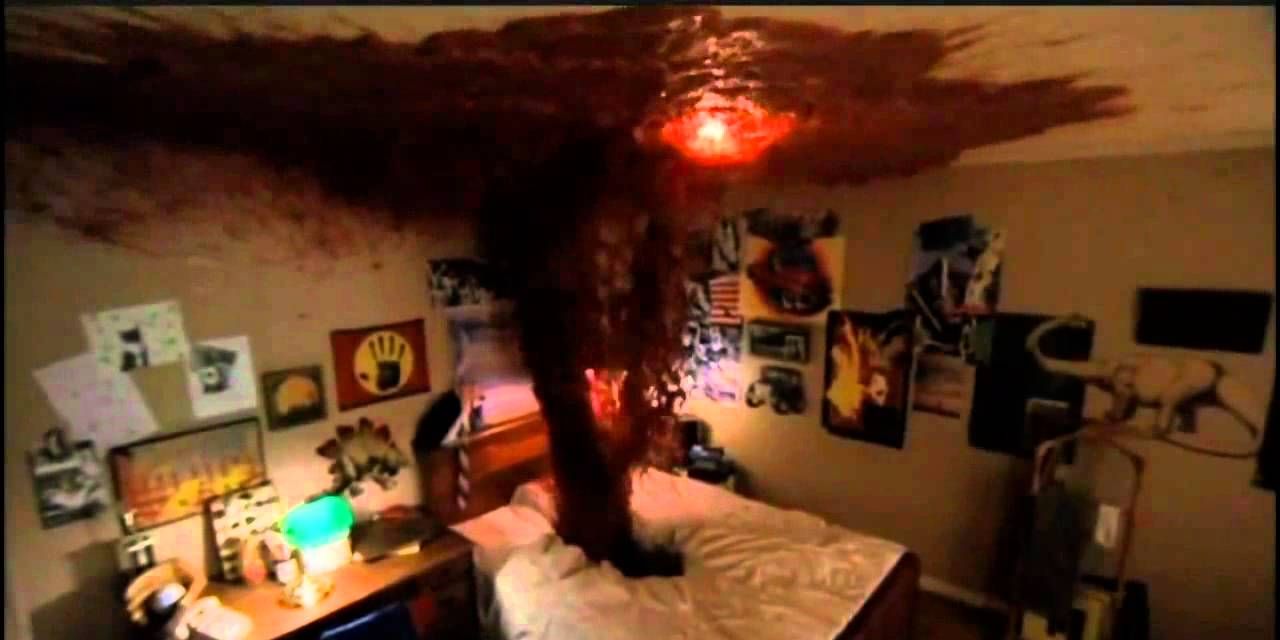
The horror genre features some of the most creative uses of practical effects during the 1970s and '80s. The entire Nightmare on Elm Street series is full of inventive practical effects that accentuate Freddy Krueger's supernatural powers.
However, one of the best sequences is in the first film in the series when a tidal wave of blood exits from Glenn's bed. Wes Craven makes this insane visual a reality with over 500 gallons of fake blood that get funneled through a hole in the bed, which is in turn on a set that's on a gimbal and turned upside down.
5 Star Wars: A New Hope’s Suspenseful Trench Run Is Entirely Practical
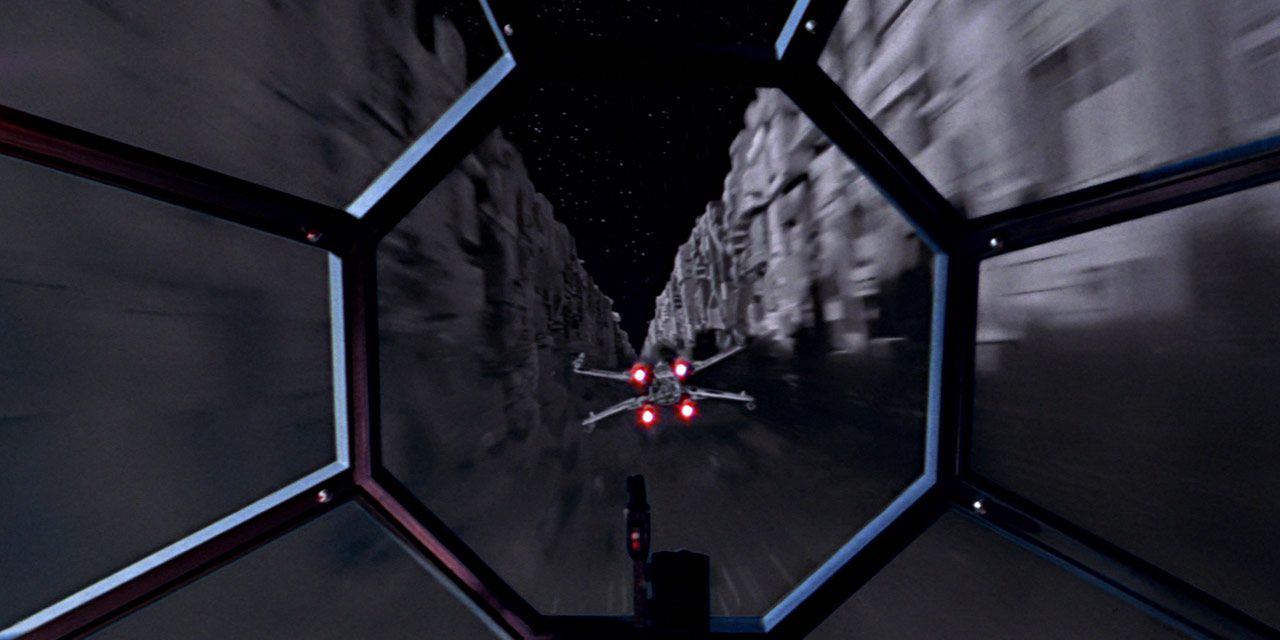
It's honestly a little jarring to reflect on how much of the original Star Wars trilogy makes effective use of practical effects since Lucas so comprehensively turns to CG effects for the Prequel Trilogy. Lucas eventually embraces CG and heavy digital filmmaking, but this only makes movies like A New Hope more magical in retrospect.
One of Star Wars' biggest scenes is the flight through the claustrophobic Death Star trench. Surprisingly, Lucas achieves this through the use of to-scale miniatures, a detailed X-Wing model, and creative use of trestle tables.
4 The Thing’s Transforming Alien Uses Practical Effects That Still Seem Impossible
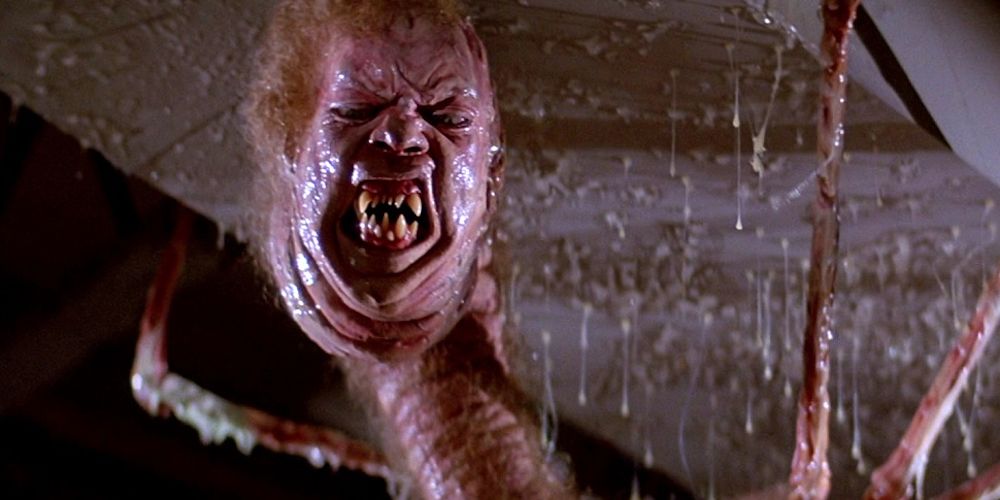
Anybody that's interested in practical effects needs to make John Carpenter's The Thing mandatory viewing. Carpenter, like Cronenberg, was a major figure during the 1980s when it came to innovative practical effects work. However, the visuals created in The Thing truly establish a new cinematic standard.
It'd be impressive enough if The Thing created one disgusting monster, but Carpenter's movie features an alien that perpetually transforms into different disturbing creatures. Every one of these changes is a technical marvel, but the final beast is still proof that practical effects can top anything done in CG.
3 Practical Effects Help Make Alien’s Chestburster Into An Iconic Movie Moment
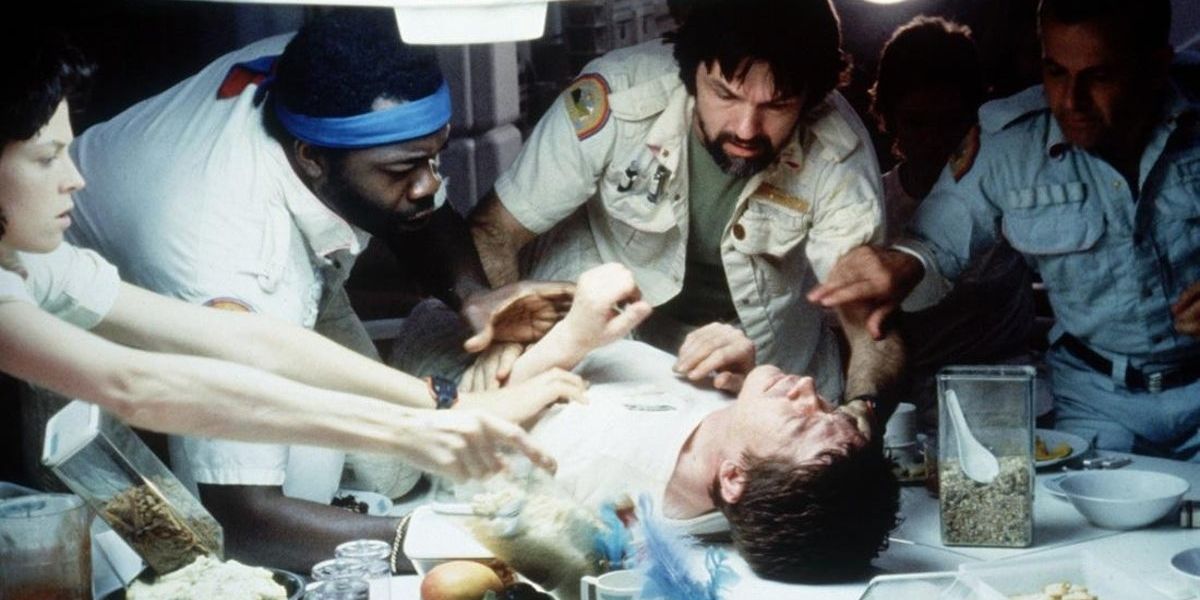
With news of an Alien television series on the way, it's troublesome to think of a fully CG Xenomorph that loses the tactile nature of what made the original beast in Ridley Scott's sci-fi horror film so effective. Alien prides itself in its practical effects.
Giger's work on the actual Xenomorph is incredible, but an even more technically impressive and intricate moment is in the famous Chestburster sequence. The clever combination of a blood-filled prosthetic torso and a well-rigged puppet add eerie authenticity to the suspenseful moment.
2 Cronenberg’s The Fly Is Body Horror At Its Most Gruesome With The Brundlefly Effects

David Cronenberg is regarded as the king of body horror cinema and pretty much any of the director's earlier movies feature practical effects that seem too ridiculous to be real. Videodrome, The Brood, and Dead Ringers all have disturbing practical effects, but it's hard to top what's done in Cronenberg's The Fly.
Jeff Goldblum's deteriorating monster is a true triumph. It's easy to see why the make-up work won an Oscar and it’s still held up as a high mark. It seems futile to remake The Fly because nothing will top the practical effects in Cronenberg’s version.
1 An American Werewolf In London Practically Creates The Most Famous Transformation Sequence
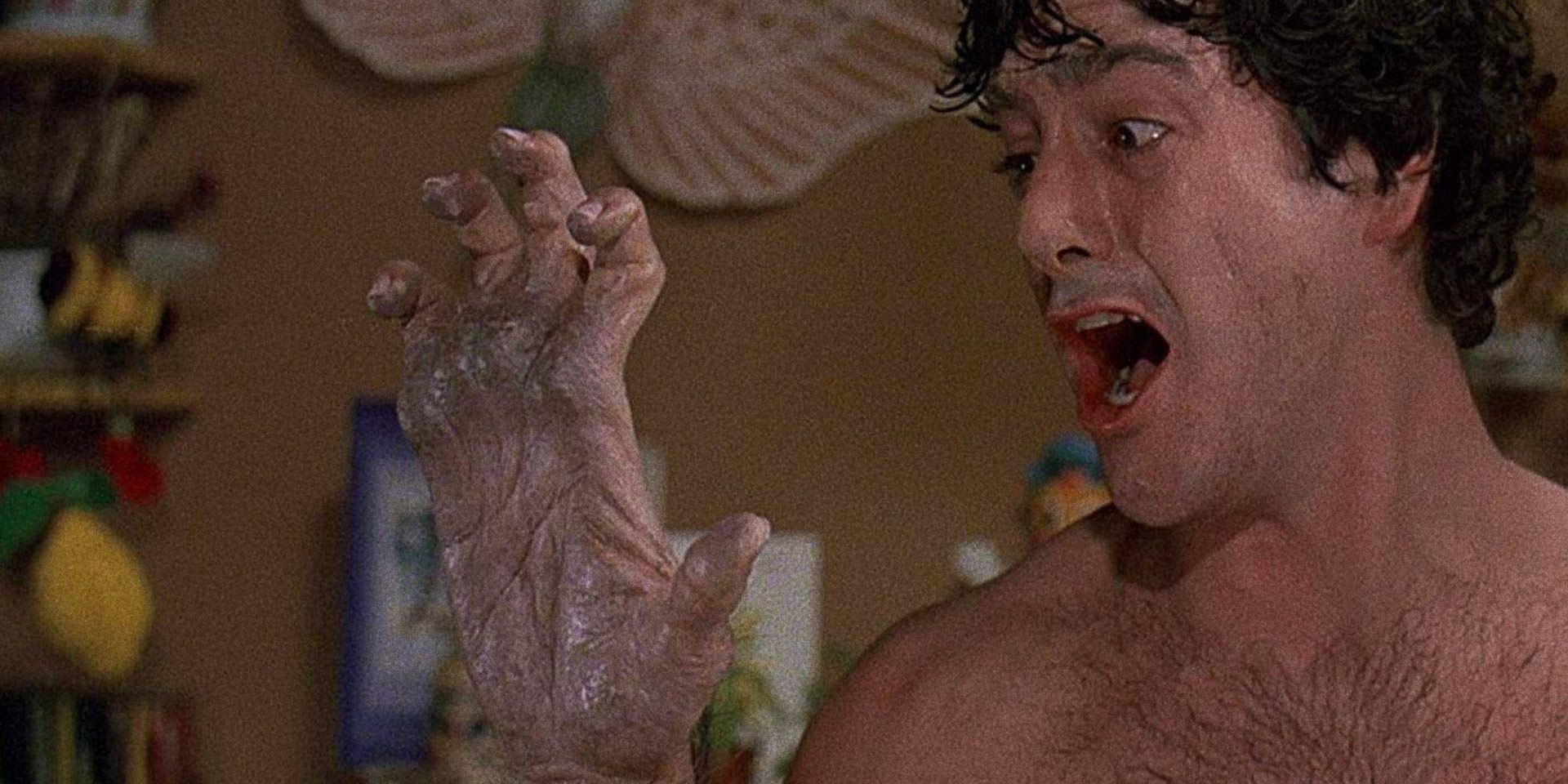
Werewolf movies have become a bit of a lost art because they usually come down to the transformation sequence. It's incredibly difficult to pull off such a process in a manner that's not full of edits that cheat the metamorphosis. John Landis' An American Werewolf in London immediately becomes a classic piece of cinema once Griffin Dune undergoes his lycanthropy transformation.
Rick Baker's practical effects combine prosthetics, make-up, and robotics to make it look like this man's body is actually turning into a monster. This is still the zenith of transformation sequences and it honestly may never be topped.
0 Comments